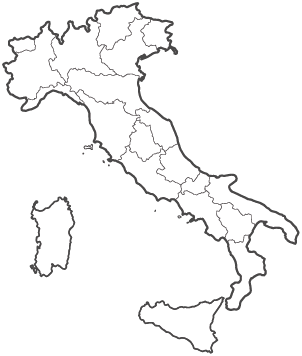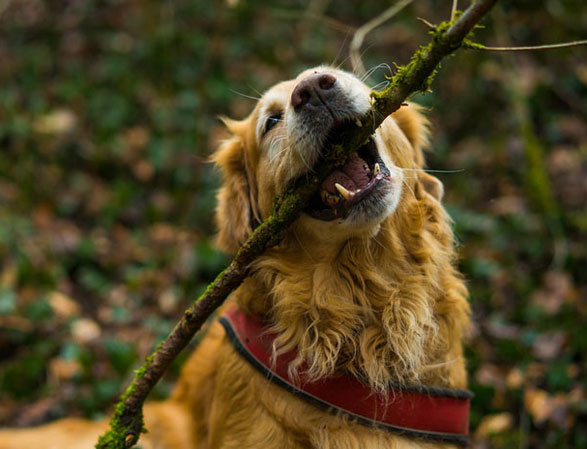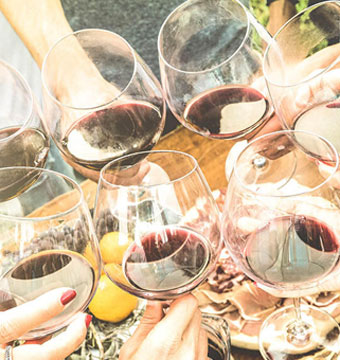
The Itinerary, in Short
The tour begins in the ancient heart of Ferrara and runs along the right bank of the Po, the Great River, with a short stop at the Ro water mill. By biking along the banks or on trails, you’ll follow the Po di Goro until the town of Mesola with its impressive castle and, from here, into the Veneto to the Sacca degli Scardovari with its colorful fishermen’s homes. A floating bridge brings you back to the Emilia region, for a dip in front of the Gorino lighthouse before stopping at the Abbey of Pomposa and discovering Comacchio with its valleys, in a slow immersion “by bike with binoculars” in search of pink flamingoes.
It’s ideal for …
It’s a vacation, between art and nature. The itinerary is perfect for those who love architecture and art but also spacious landscapes to discover slowly, maybe by bike, with moderate physical activity amidst nature. Ideal for photography lovers.
Day 1 - Ferrara, the cradle of the Este princely family
 Ferrara bears the elegance and discreet charm of a town to savor slowly, on foot or by bike. In fact, everyone here owns one, using them in all sorts of weather!
Ferrara bears the elegance and discreet charm of a town to savor slowly, on foot or by bike. In fact, everyone here owns one, using them in all sorts of weather!
The historic center – declared a UNESCO World Heritage Site – is dominated by the Este Castle surrounded by its moat that has protected the square fortress with its four towers since the 1300s. Beyond the drawbridge, you’ll reach the courtyard with its fifteenth-century loggia; climb up to the first floor to see the Hanging Orange Garden by Girolamo da Carpi.
Connected to the castle by a covered passage, there is the Municipal Palace, the Duke’s ancient residence that was enlarged with the sixteenth-century loggia which can be admired from Piazza Savonarola.
A stroll along Corso Martiri della Libertà leads to the Cathedral, consisting of various architecture styles, with a three-section façade and numerous decorative elements; on the right side you can see the Loggia dei Merciai while at the back is the bell tower dated 1442.
Your walk will continue onto Via Voltapaletto towards Palazzo Schifanoia (literally, Palace that Loathes Boredom) and whose name may seem to derive from the intention of its original owner – Alberto V d’Este – who in 1385 commissioned this mundane residence par excellence “to loathe” boredom in every way. Today the Musei Civici di Arte antica is located here; also, don’t miss the Hall of Months, with its fresco cycle which has become Ferrara’s most important work of art in the Renaissance.
Palazzo dei Diamanti owes its name to the façade decoration, made to gather sunlight the most. Commissioned by Sigismondo d’Este and designed by Rossetti, it was built in two stages and today hosts the National Picture Gallery.






